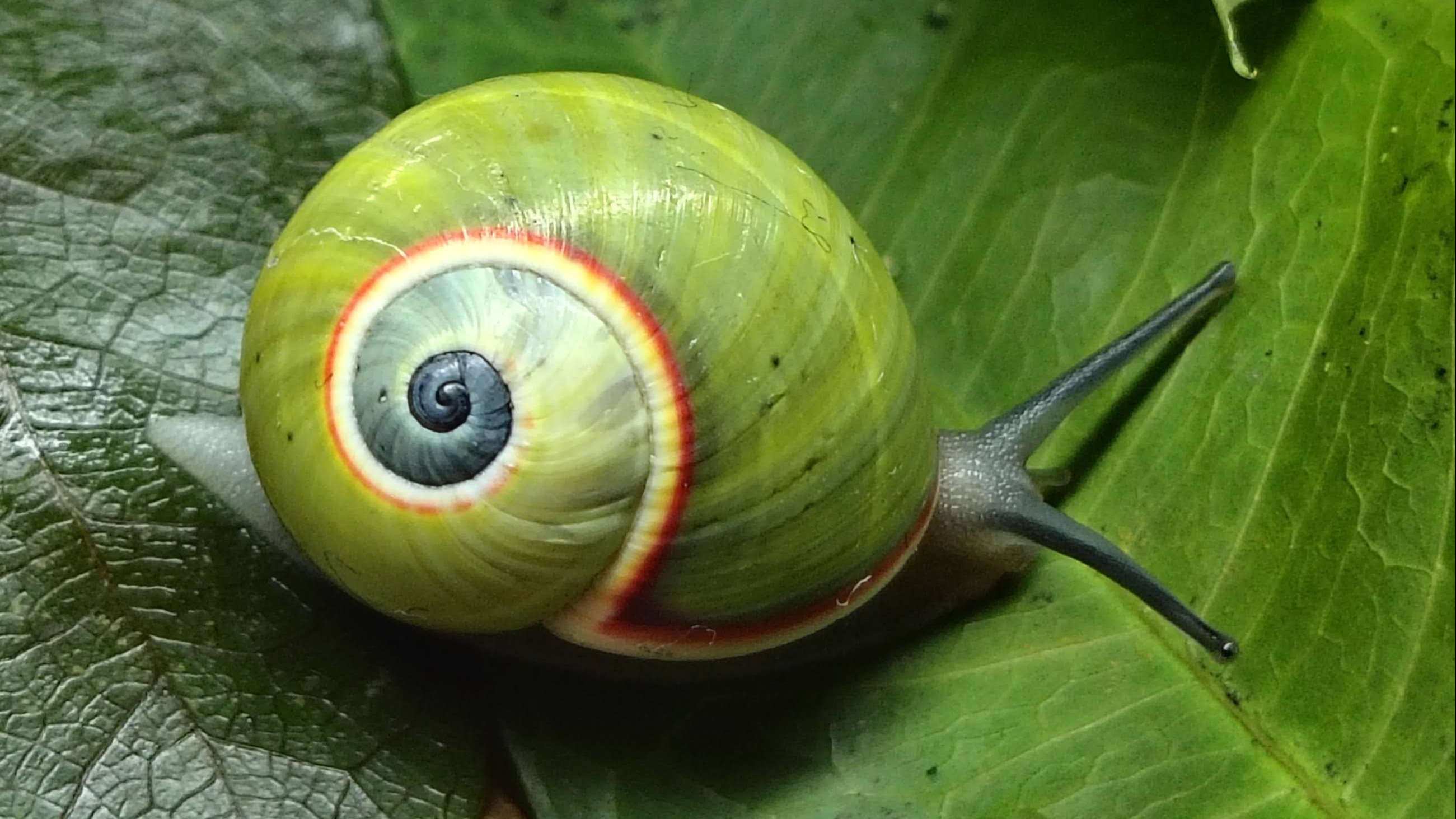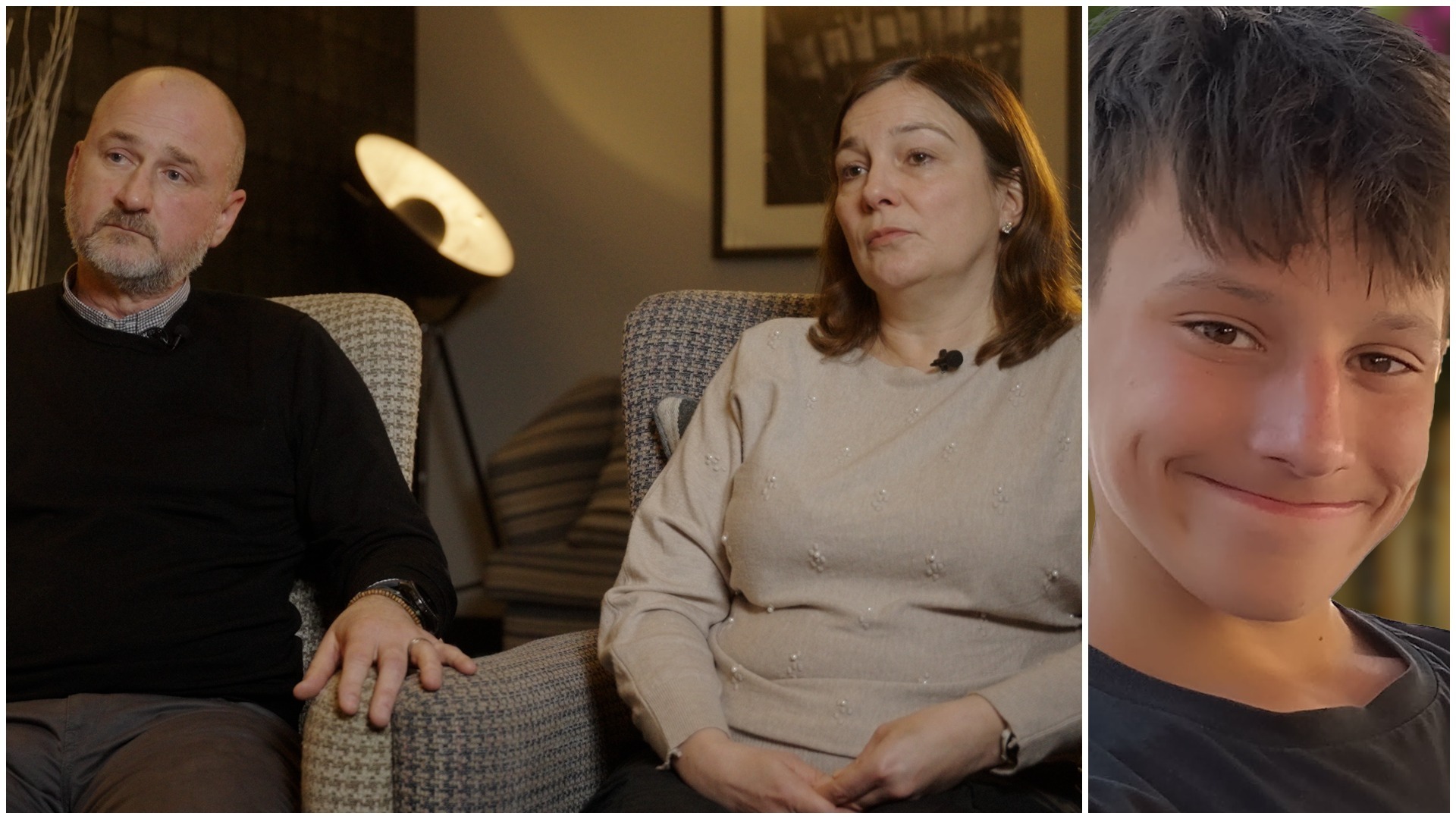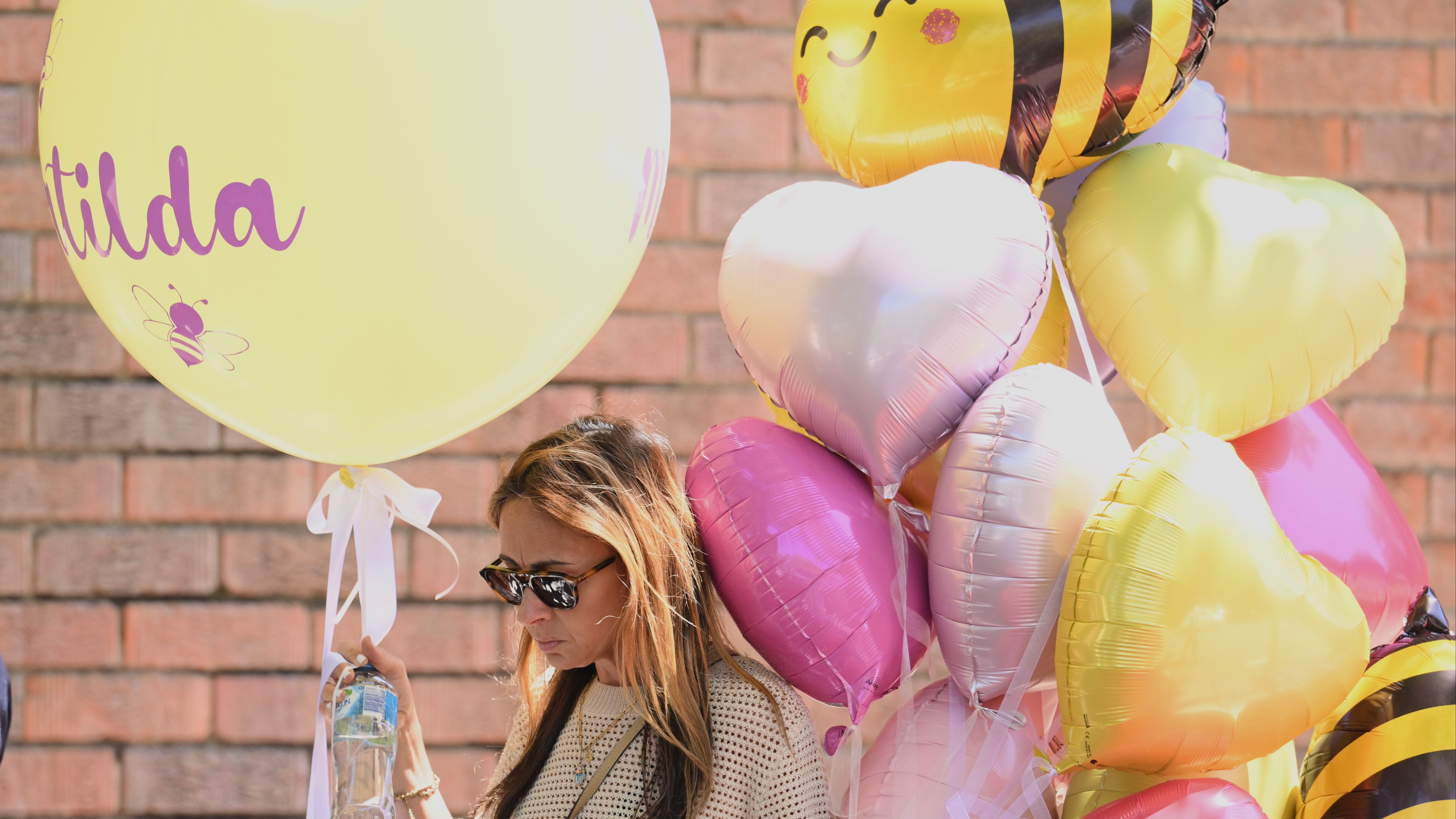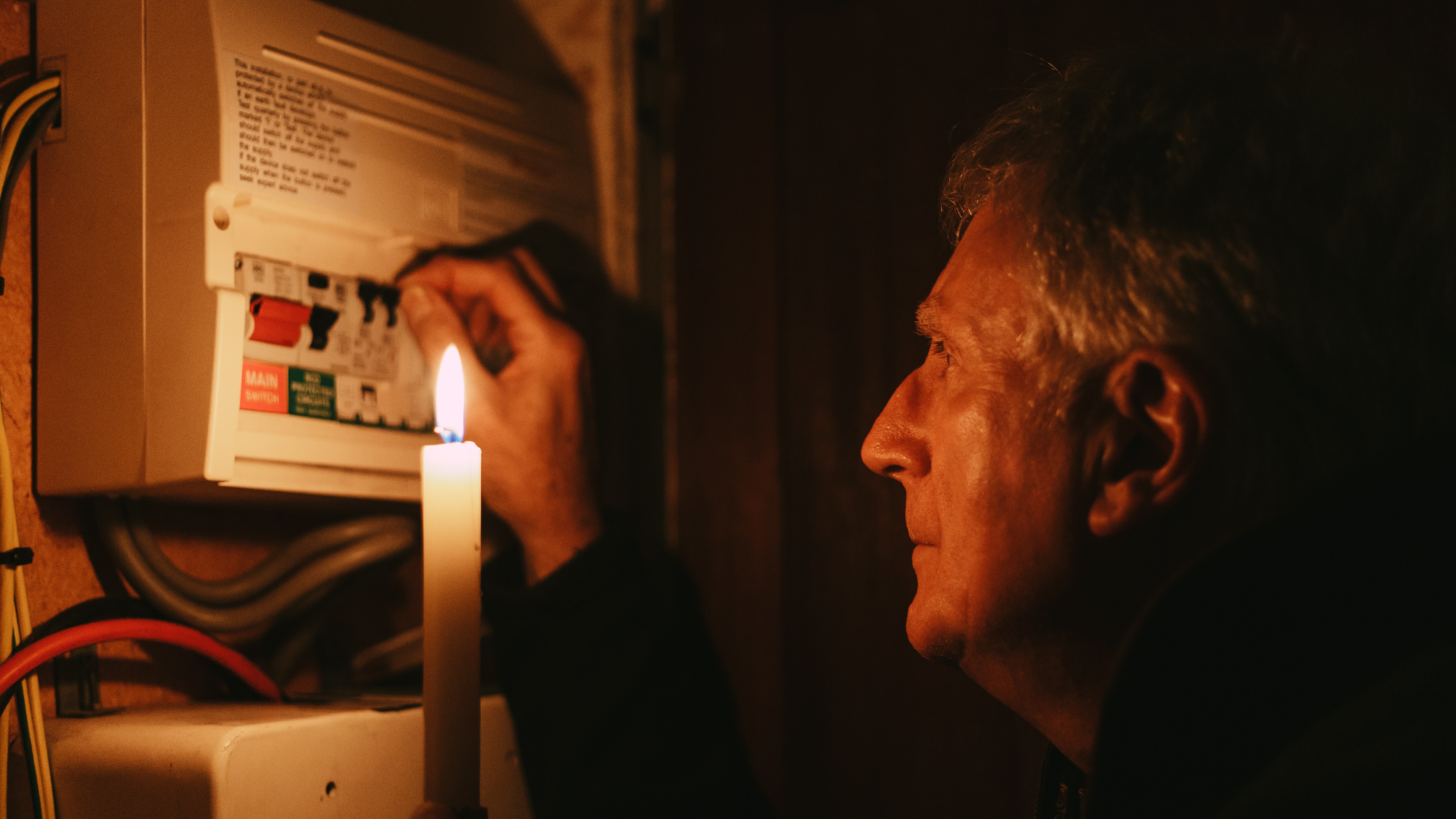UK scientists are working to save one of the world’s most beautiful snails which is at risk of extinction due to the popularity of their striking shells.
The snails, known as Polymita, are endemic to Eastern Cuba and feature shells with vibrant colours and interesting patterns.
The shells come in many different colours, from yellow and pink to red and black.
But these patterned shells have become popular among collectors and poachers who sell the shells to tourists or trade them overseas.
Despite it being illegal to remove these snails from their native habitat under the Convention on International Trade in Endangered Species, it has not stopped the international trade of the shells.
Researchers from London Zoo and the University of Nottingham have travelled to Cuba to meet local scientists to assess the conservation status of the six vulnerable painted snails, as well as better understand their evolution and how to breed them.
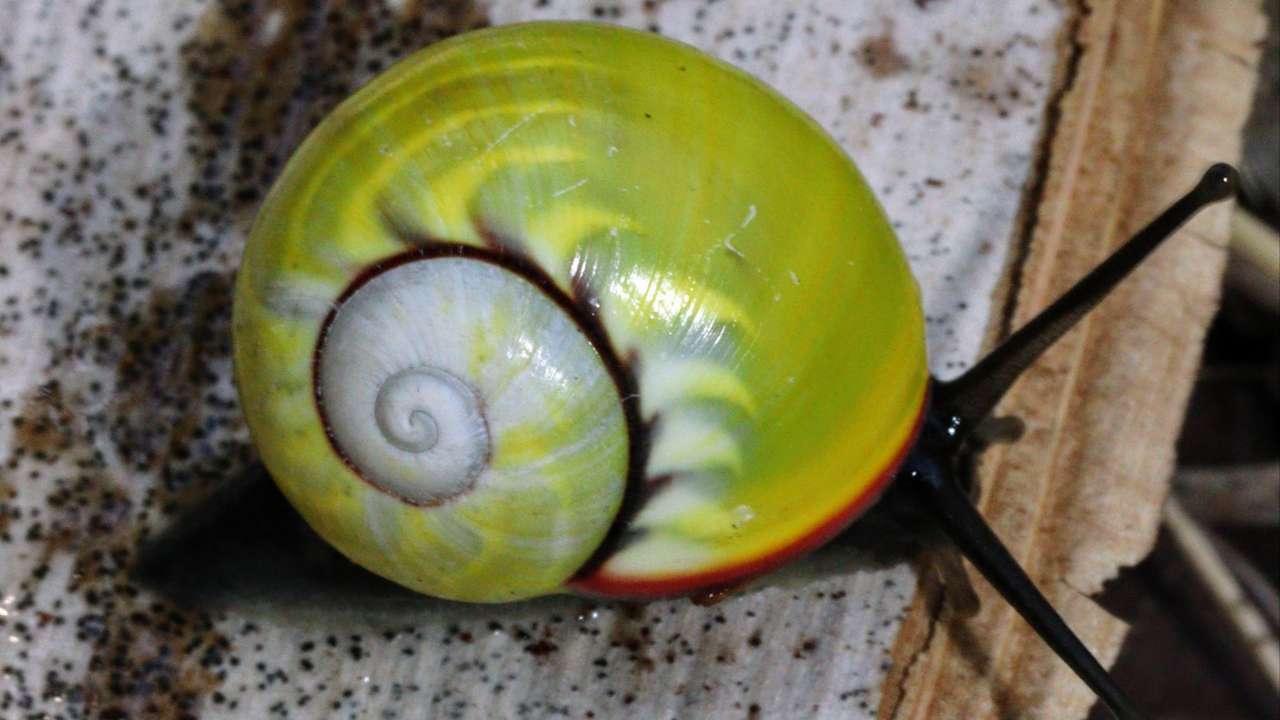
The Polymita sulphurosa snail, which has a lime green, blue and yellow shell, is considered the most endangered of the species and is at risk of extinction.
There are believed to be fewer than 30,000 remaining in the coastal forests of Cuba, which is the only place they live.
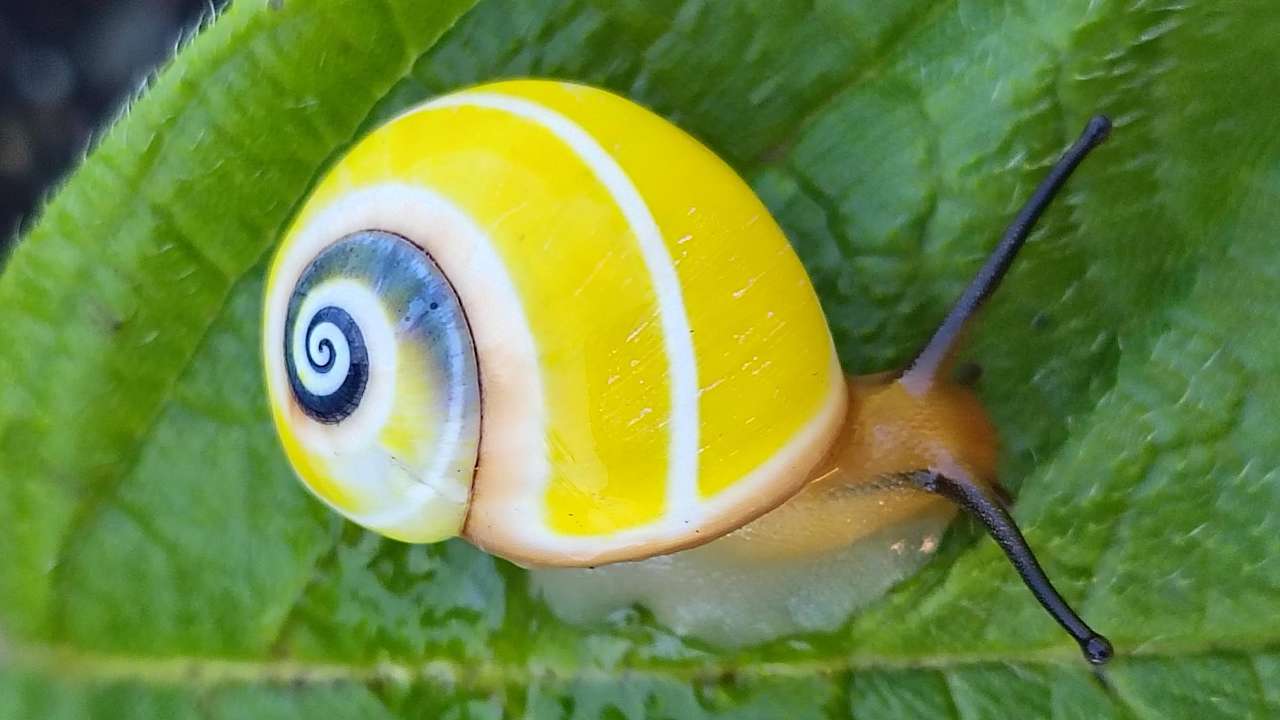
University of Nottingham’s Professor of Evolutionary Genetics Angus Davison is hoping to get the species put on the International Union for Conservation of Nature’s red list.
“It’s all part of a global effort to be proactive about the species conservation,” Professor Davison said.
“One species of painted snail is the most threatened – it was touch and go, but we were very fortunate to finally find them.”
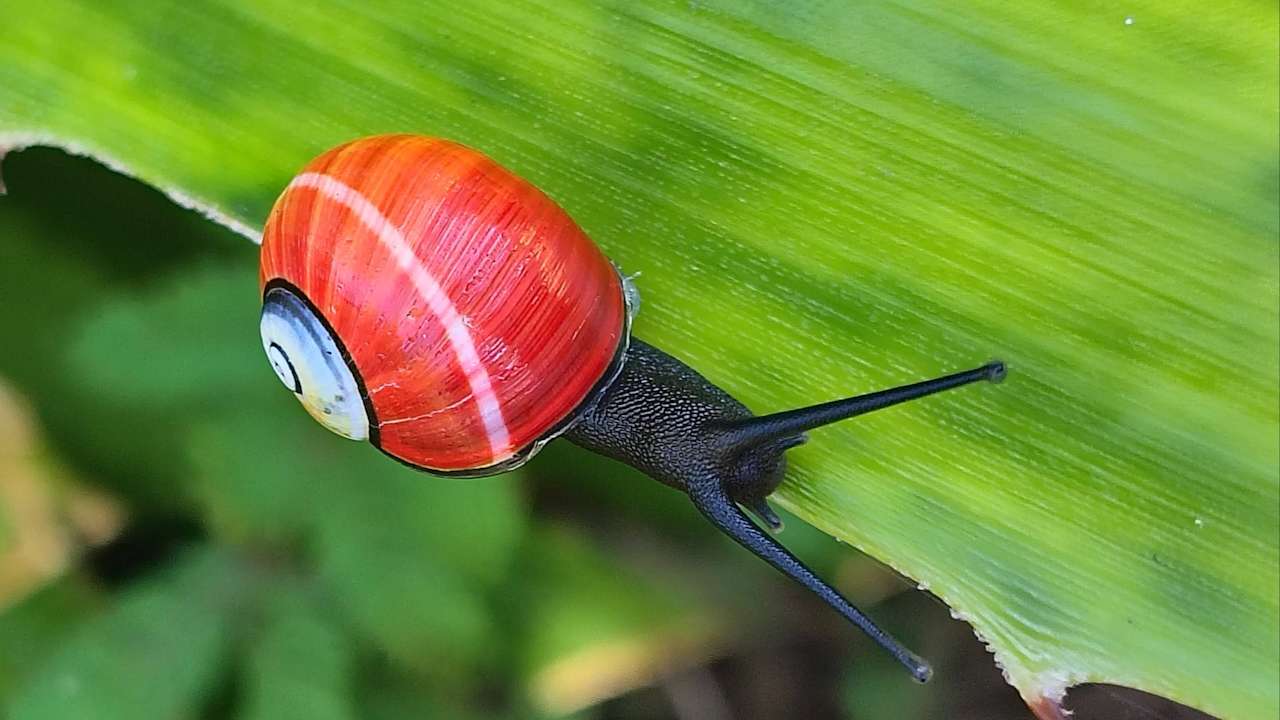
The experts also hope to establish a conservation breeding programme in a lab to help save the invertebrate from extinction.
London Zoo’s Dave Clarke said the Cuban painted snails were “incredible” and he was very keen to conserve the species.
“Finally finding a population of the rarest species in a remote location was a relief, however we also saw evidence of fresh habitat destruction,” he said.
“We hope these exceptional snails can be successfully reared in the lab to learn more about them and provide a failsafe against the threats in the wild.”
Follow STV News on WhatsApp
Scan the QR code on your mobile device for all the latest news from around the country


